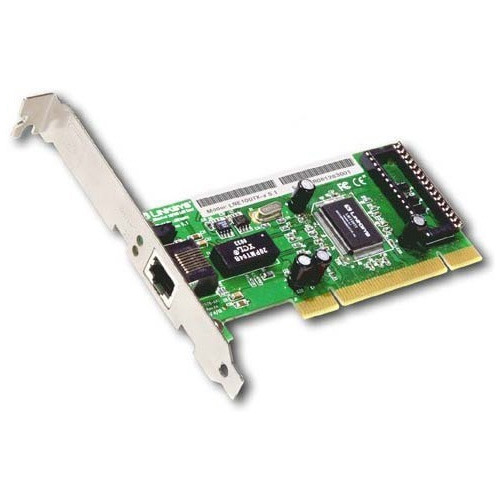To attach to a network, a tool wants an interface to translate the data into the packets of knowledge which will be transmitted on the network. Once a network is primarily in one area, it’s brought up as an area space Network or LAN. A LAN Card is the network interface card that’s utilized by the device to speak with the network. LAN Cards will be classified as wireless or wired. Wired LAN Cards also are referred to as semiconductive LAN Cards.
LAN Cards are also referred to as Network Interface Controllers (NIC) as well as many alternative descriptive names. Any device that connects to the network wants a version of a LAN Card, whether or not or not it’s a computer, a printer, a game console, a television, a wise phone or one in every of the various web of Things (IoT) that are network compatible, sort of a white goods or thermostat. All of those devices could also be ready to hook up with a network with the proper LAN Card.
What is a LAN?
Once computers were initially started, the sole thanks to transfer data between 2 devices was to transfer the info to some type of portable storage, sort of a magnetic disk, to move to the opposite device. Printers couldn’t be shared, so each computer would wish a printer or data would ought to be affected to a floppy disk. Carried to the pc with a printer to be reloaded for printing. If the corporation had one or a lot of locations or data required to be sent somewhere else, the info would be transferred then sent physically to the other location.
Once networking was established, the data transfer may then occur over the network between devices. A printer might be accessed via the network, so multiple computers may utilize one printer. Knowledge storage might be centralized, and multiple computers could access an equivalent data in real time.
Because the network expands to multiple locations, the network then becomes a good space Network (WAN). A WAN can include multiple buildings on the same campus, or it could be multiple offices across several states. A WAN also can include people accessing the network from unique locations through a Virtual non-public Network (VPN), having full access to the network resources as if the pc was connected to the network within the building.
Even as networks allowed communication between devices, users required separate networks to speak with each other. Protocols were developed to confirm the integrity of the communications between networks utilizing packets of information. This crystal rectifier to the event of the web, that these days connects the majority networks to every other.
Function of a LAN Card:
Computers process data supporting their software package and programming. To speak with another device, that information should be translated into a standard protocol for transport on the network so the receiving device can translate that information into usable data. The function of a LAN Card is to cypher the info into packets for transport and to create certain packets that are transported to the correct destination. It additionally provides the physical affiliation to the network to transmit that data utilizing the right protocols.
A standard description of this method is to utilize the Open Systems Interconnection Model (OSI model) for networking. During this model, it is separated into smaller packets of data. Every packet is encoded with further information that’s used for correct routing of the data and error checking. These smaller data packets are transmitted on the network and routed to the proper destination, wherever another LAN Card can rewrite the packets into the data.
Advantages and Disadvantages of LAN:
Advantages of LAN:
Following are the advantages of LAN:
- The basic LAN implementation doesn’t value too much.
- It is simple to manage and manage the whole LAN because it is out there in one little region.
- The LAN configuration is extremely easy because of the handiness of needed protocols within the software package (OS) itself.
- The systems or devices connected on LAN communicate at very high speed relying upon LAN kind and local area network cables supported.
- The common speeds supported are ten Mbps, one hundred Mbps and one thousand Mbps. Gigabit ethernet versions are evolving very fast.
- Cheaper versions are on the market once the technology matures and production has been carried out.
- With the assistance of file servers connected on the LAN, sharing of files and folders among peers will become terribly easy and efficient.
- It is simple to set up security protocols to guard the LAN users from intruders or hackers.
- It is easy to share common resources like printers and web lines among multiple LAN users.
- LAN users don’t need their own harddisk and fixed storage drives. They will save their work centrally on the network file server.
- Application softwares such as MS Office, Anti-Virus, Adobe reader are kept at one system and are shared for all the LAN users.
Disadvantages of LAN:
Following are the disadvantages of LAN:
- LAN covers little geographical area.
- Security problems are a massive concern because it is simple to own access to programs and knowledge of peers. Special security measures are required to prevent unauthorized access.
- It is tough to setup and maintain LAN and needs skilful technicians and network administrators.
- In the server’s primarily based LAN architecture, if the server develops some fault, all the users are affected.
- Appearance of viruses in one system will unfold in no time to all or any LAN users terribly easily.
Also read:
How to upscale your career as a Certified Satellite Installer?

